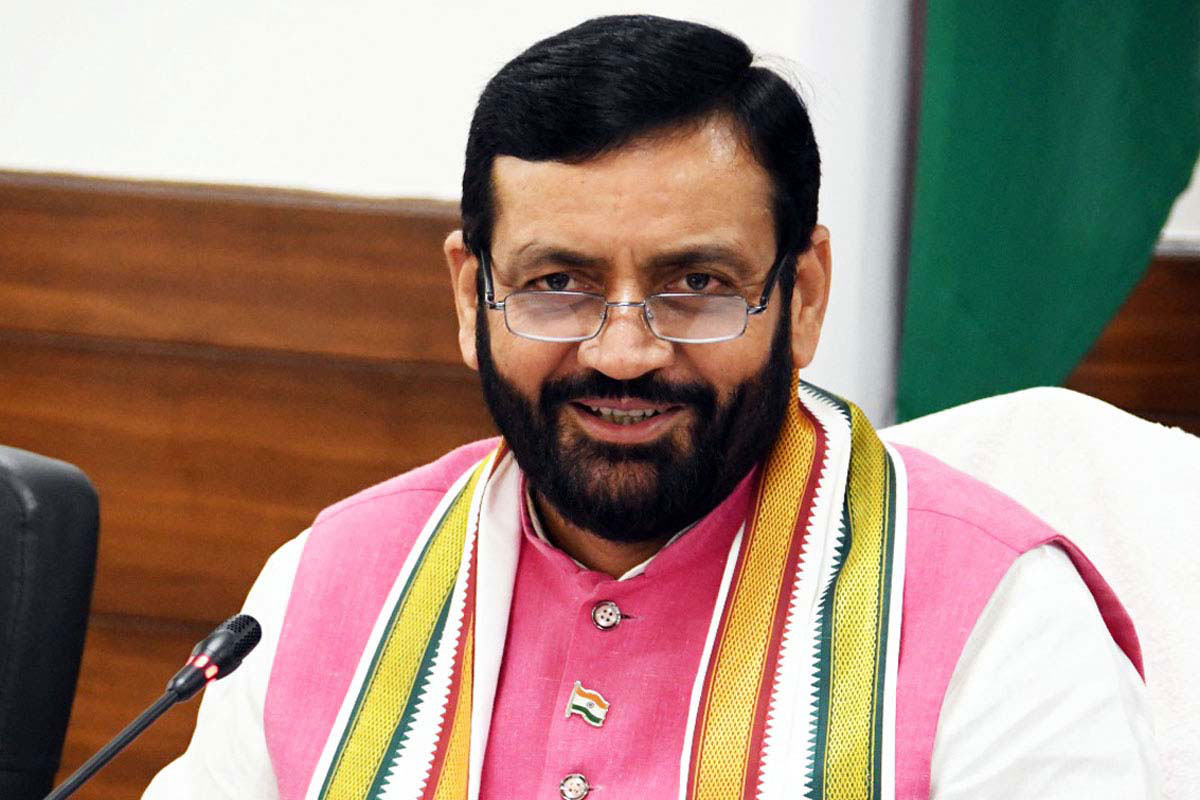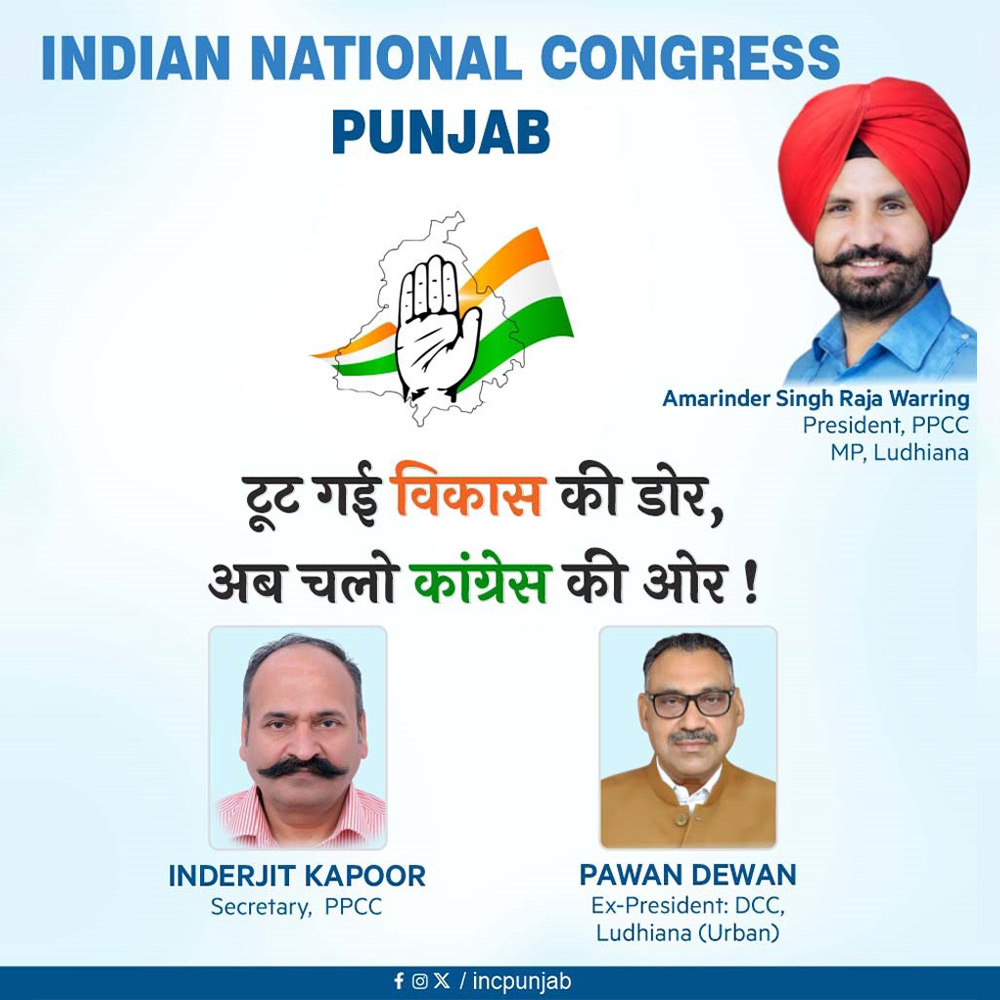The BJP’s current government in Haryana is one year old – the party, which was once a marginal force dependent on coalition partnerships in the State, in the past two decades has seen a dramatic political transformation by establishing itself as a dominant political entity.
In Haryana, where around 36 castes make up its social mosaic, the BJP’s victory in the 2024 Assembly election, defying the narrative of ‘anti-incumbency’ after its decade-long regime, indicated towards the party’s strategic supremacy over its rival political parties, and its adaptation to Haryana’s unique social and political spectrum.
Since its formation in 1966, Haryana’s politics, till the turn of the millennium, was predominantly controlled by the Indian National Congress (INC) and regional players like the Indian National Lok Dal (INLD). The BJP remained largely confined to urban pockets, struggling to make inroads in the ‘Jat’ (agrarian class) dominated State.
In the 90-member state assembly, the BJP’s vote share largely fluctuated around 10 per cent for nearly two decades before 2014, when the party witnessed a watershed moment as the BJP emerged as the single largest party by winning 47 seats with over 33 per cent vote share. Manohar Lal Khattar, a former Rashtriya Swayamsewak Sangh ‘Pracharak’ was sworn in as Chief Minister—the first BJP leader to hold this position in Haryana. Besides the “Modi factor”, the BJP’s success appeared to stem from consolidating non-Jat votes, effective booth management, and capitalising on anti-incumbency against the then Congress government. This victory marked a seismic shift in Haryana’s politics as a non-Jat leader headed the State government, challenging traditional power equations.
With the BJP stamping its authority in the State’s political landscape, in the past twelve years, the party’s organisational strength continued to grow, penetrating rural areas previously dominated by the Congress and INLD, and to a certain extent by Jannayak Janta Party (JJP), the breakaway faction of the INLD.
The BJP government has been focusing on welfare schemes, infrastructure development, and strengthening its connection with various social groups beyond its ‘traditional’ vote bank. The party’s strategy seemed to be investing heavily in organisational expansion, with booth-level committees and targeted outreach to Other Backward Classes, Dalits, and non-Jat agrarian groups. Ahead of the 2024 assembly poll, replacing Manohar Lal with Nayab Singh Saini, an OBC leader, was seen as a calculated move to consolidate the ‘non-jat’ vote bank.
Even as the BJP has demonstrated how a national party can successfully penetrate regional strongholds, the INLD and the JJP are facing a stiff challenge to regain their lost political space. Although the Congress party failed to put up a united fight in the 2024 assembly poll, it now appears to be making attempts to revamp the party to take on the BJP and reclaim its foothold. Earlier this year, the Congress leader and former party chief, Rahul Gandhi, held a meeting with senior party leaders as part of the party’s campaign – ‘Sangathan Srijan Abhiyan’ in Haryana. The party recently appointed its new state president – former minister Rao Narender Singh, besides appointing its district presidents, that is an encouraging sign for Congress’s Haryana unit, which has, for the past decade, functioned without block and district committees, mainly because of factionalism.
The 2024 assembly elections delivered a blow to the INLD and JJP. The INLD managed only two seats, continuing its steady decline since the 2018 split, indicating the party’s organisational weaknesses and fading relevance of its traditional ‘Jat’ vote bank. The JJP faced a complete drubbing, failing to win a single seat. Both parties now confront existential questions. The bipolar contest between the BJP and the Congress appears to have squeezed the political space for regional alternatives.






















